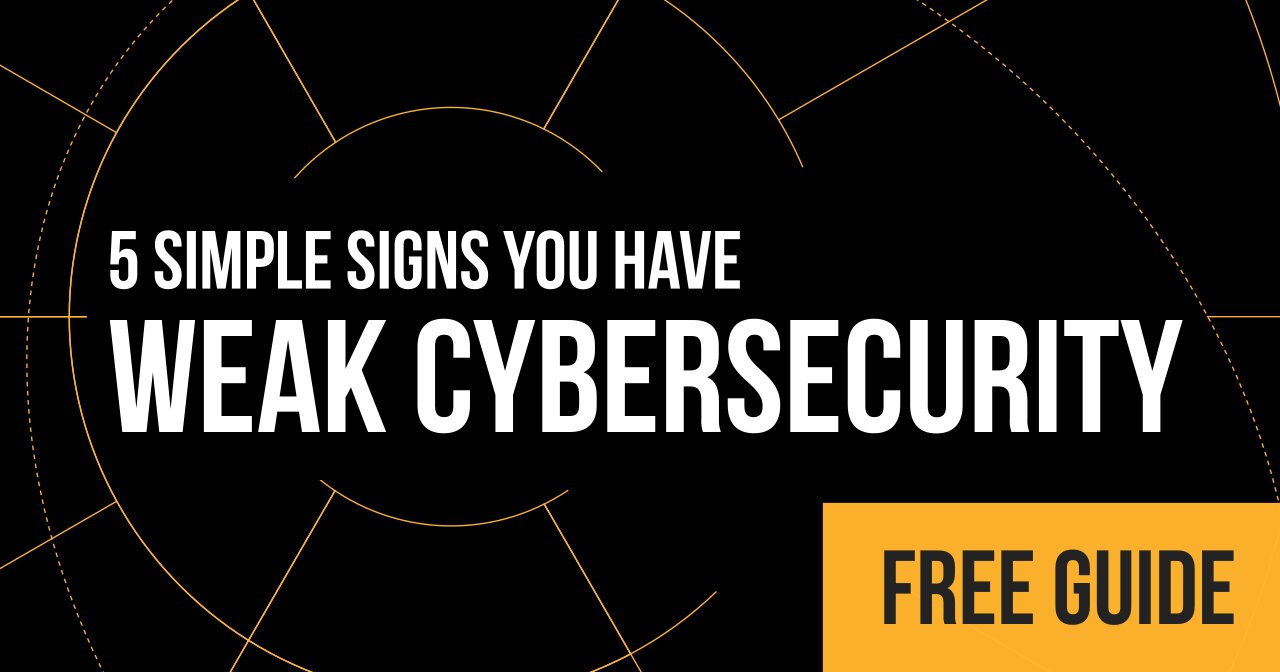 Security and compliance are two different things, right? They could be easily pulled apart and addressed separately, right?
Security and compliance are two different things, right? They could be easily pulled apart and addressed separately, right?
WRONG.
In today’s complex cyber landscape security and compliance strategies are both critical. They’re also extremely intertwined. Compliance is about meeting standards, standards that keep an organization safe.
If your organization wants to tackle them separately, it’s on a long, difficult road that leads to an overwhelmed IT team and reduced security.
So, let’s talk about the ways this split can be harmful to your organization and how third-party security auditing can serve as the linchpin for a unified strategy.
1. Increased Complexity and Team Overload
Separating security from compliance creates a fragmented approach to cyber defense. When these programs operate in silos, the lack of communication and coordination can lead to redundancies and gaps in your defense strategy. This not only makes the management of these programs more complex but also burdens your IT staff. They find themselves navigating multiple standards and protocols without a cohesive strategy, leading to inefficiency and a higher likelihood of burnout.
Moreover, this separation can obscure visibility into how well your organization protects its data and systems, since compliance checks often focus on meeting minimum standards rather than fostering robust security measures. This fragmented approach can leave critical vulnerabilities unnoticed until it's too late.
2. Increased Risks From Cyber Threats
Your ability to respond to threats is compromised. Compliance programs often lag behind the rapidly advancing cyber threat landscape because they are inherently designed to address known and predictable challenges. However, when compliance and security strategies are decoupled, the reactive nature of compliance fails to adapt to the proactive demands of cybersecurity.
This situation places the organization at a higher risk of experiencing significant cyber events. Without a unified approach, the reactive compliance measures cannot keep pace with the innovative tactics employed by cybercriminals, making the organization an easy target.
BENEFITS OF THIRD-PARTY ASSESSMENT
Third-Party security audits actually unite your security needs with your (hidden) compliance pressures. They are crucial in bridging the gap between compliance requirements and cybersecurity needs. These audits provide an objective assessment of both your compliance status and your cybersecurity posture. By doing so, they help ensure that your security measures not only meet the required standards but are also effective against current and emerging threats.
A third-party auditor can offer insights into how an organization can streamline its processes to satisfy both regulatory compliance and maintain high-level security protocols. This is especially important considering the pressures from insurance requirements, governmental regulations, and ecosystem demands. These audits can identify redundancies between compliance and security efforts, suggest integrations, and recommend improvements that address both areas simultaneously.
BUILDING AN EFFECTIVE STRATEGY
With the insights provided by third-party audits, organizations can develop a strategy that aligns their security and compliance programs. This unified approach not only simplifies management but also enhances the effectiveness of your cybersecurity measures. It ensures that every compliance activity also contributes to strengthening your security posture.
As new threats emerge and regulations change, this integrated approach can adapt more quickly, ensuring that the organization remains protected and compliant.
Organizations that embrace a unified strategy for security and compliance gain long-term benefits. These include improved efficiency, reduced risk of cyber threats, and better resource allocation. It also positions the organization as a trustworthy and reliable partner in an ecosystem where data breaches and compliance failures can tarnish reputations irreparably.
By leveraging third-party security audits to bridge the gap between compliance needs and security requirements, you can develop a robust, unified strategy that protects your organization from emerging cyber threats while meeting all regulatory demands.
And then your organization is ready for the complex cyber landscape, no matter what comes at it.



